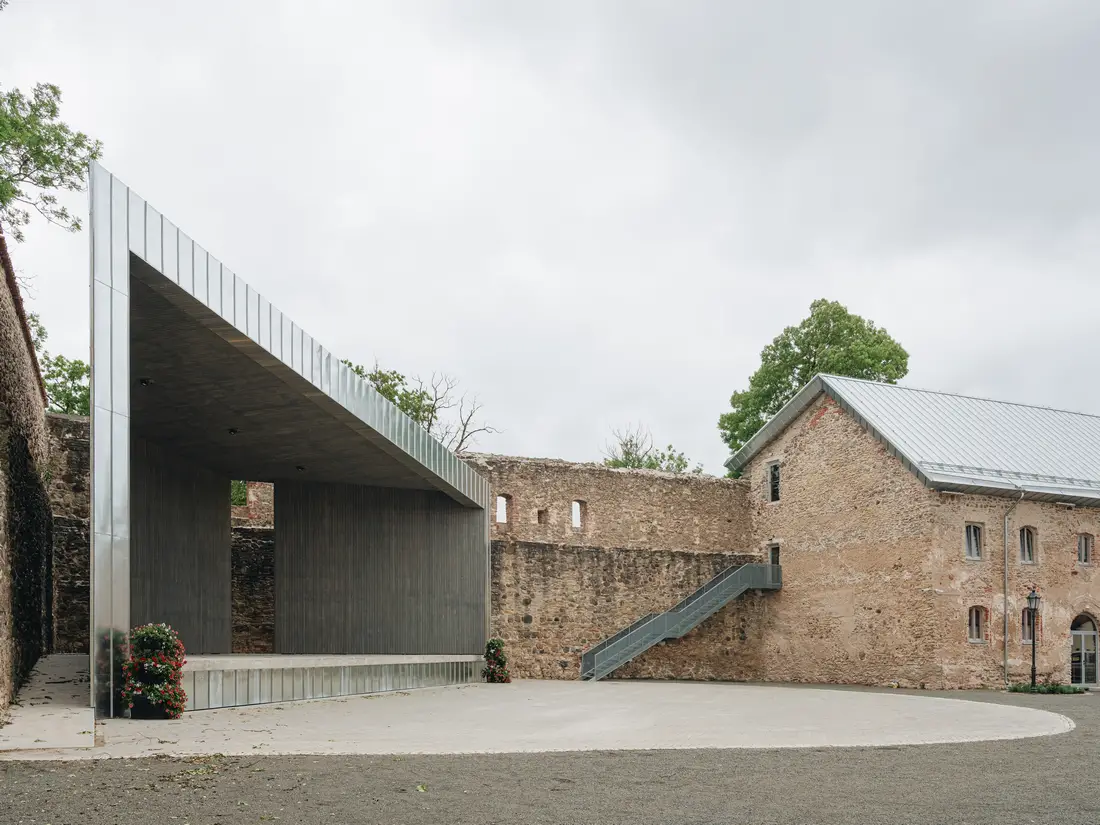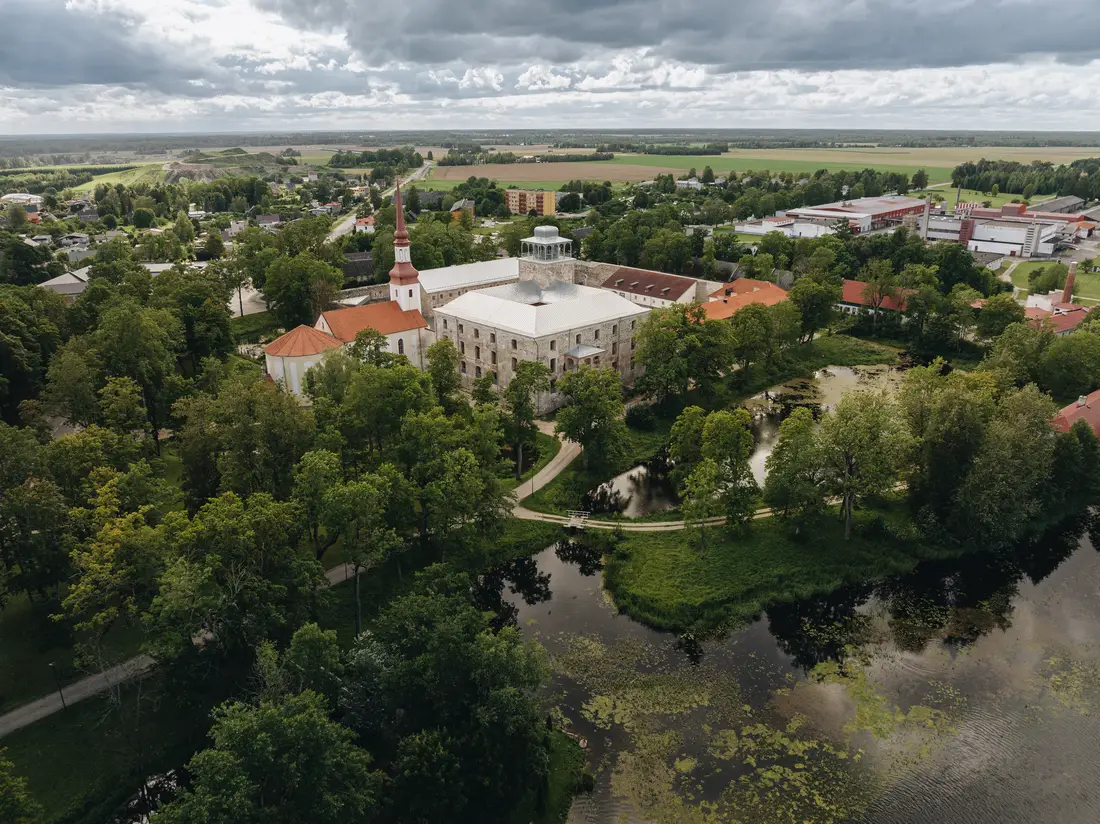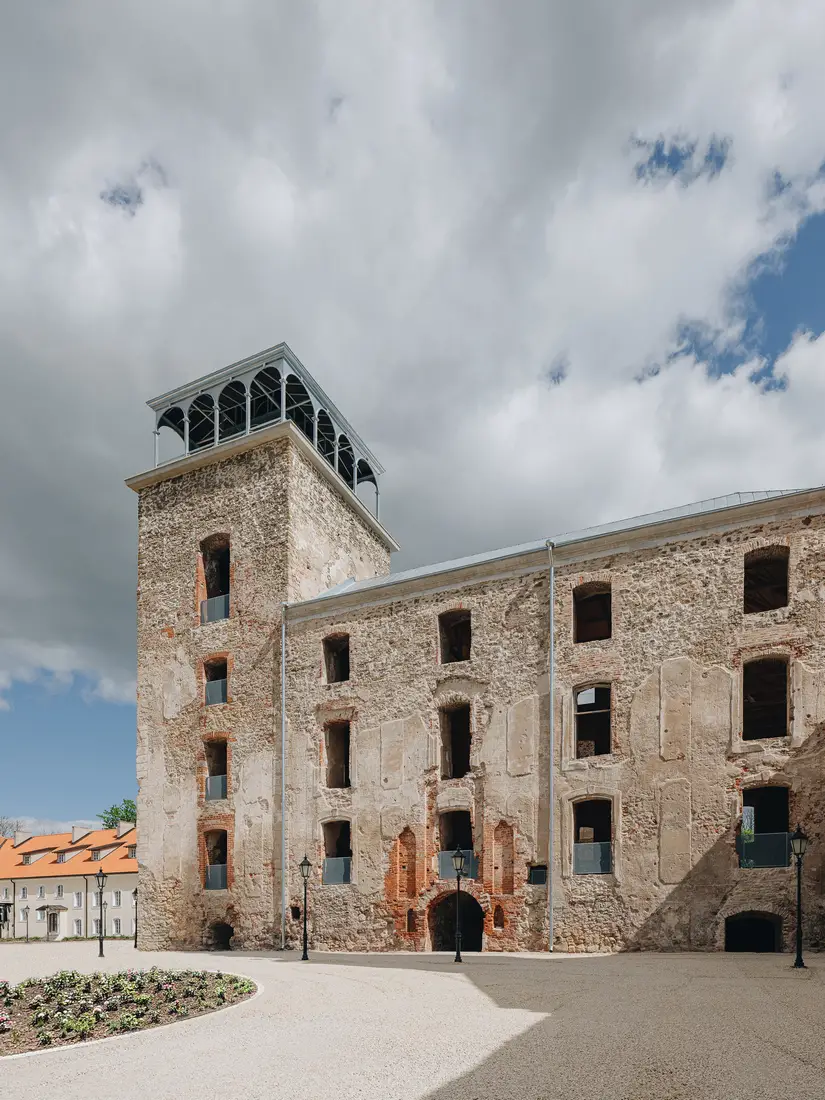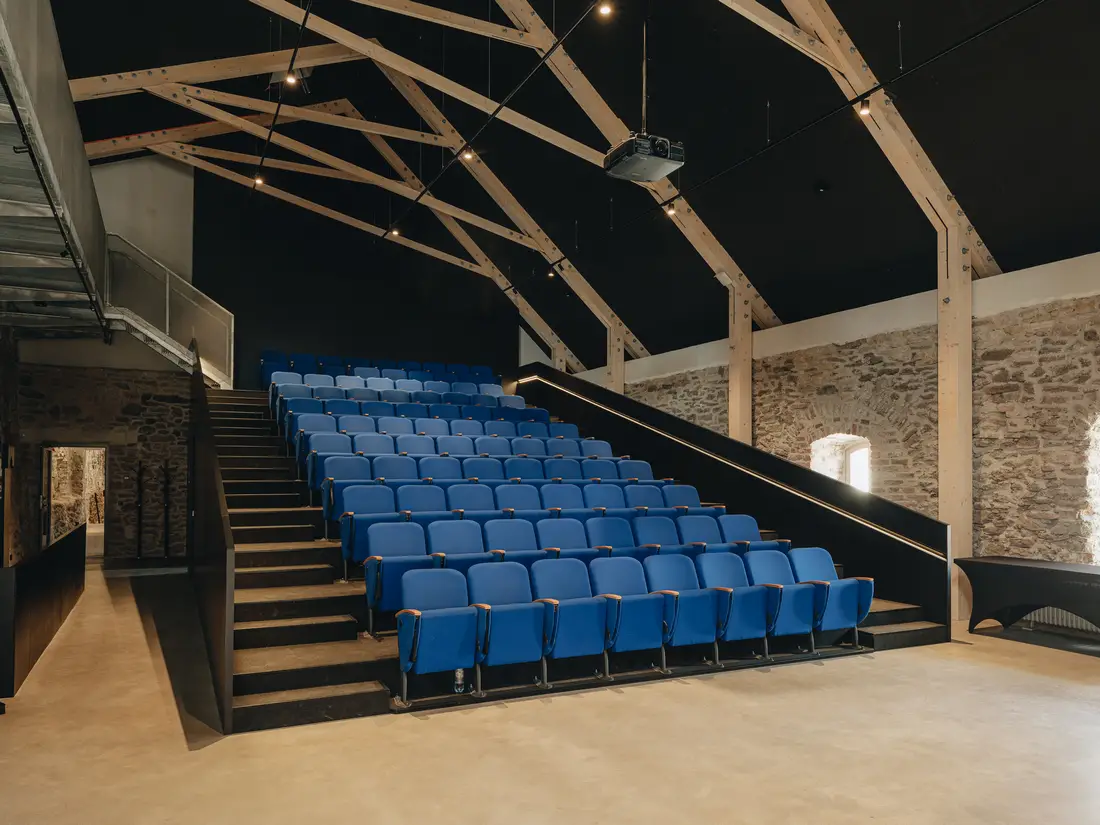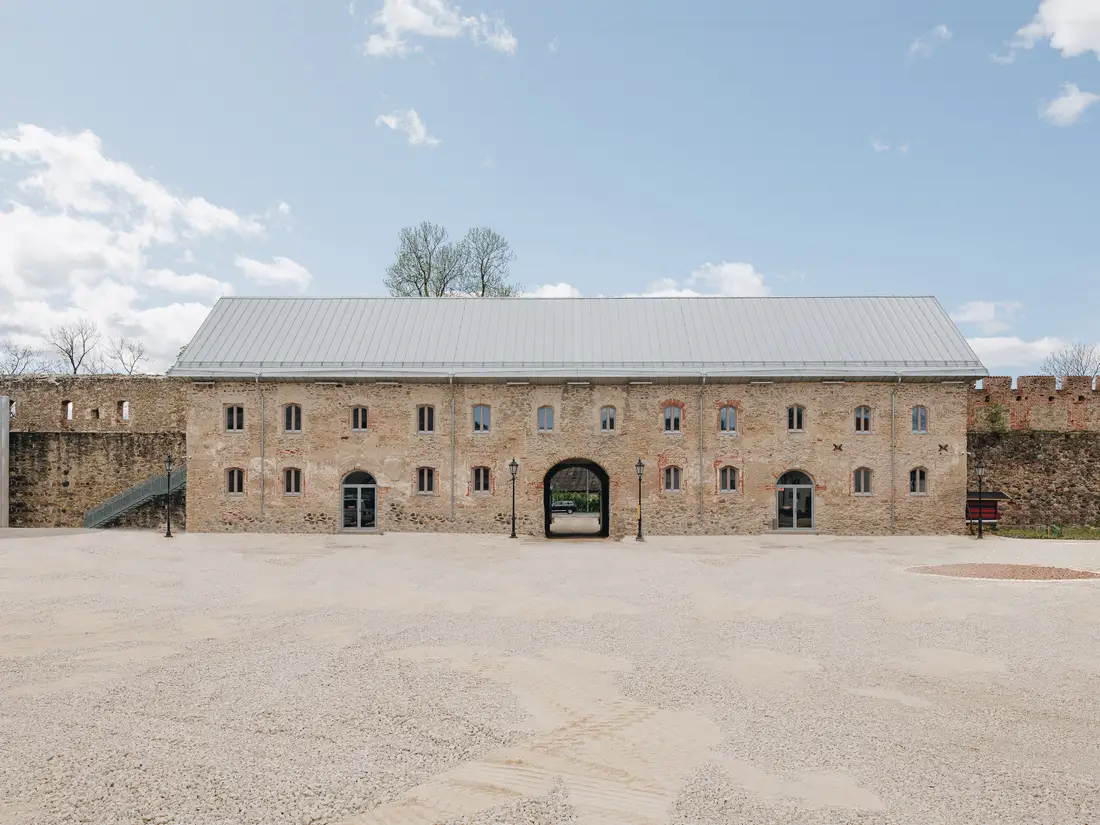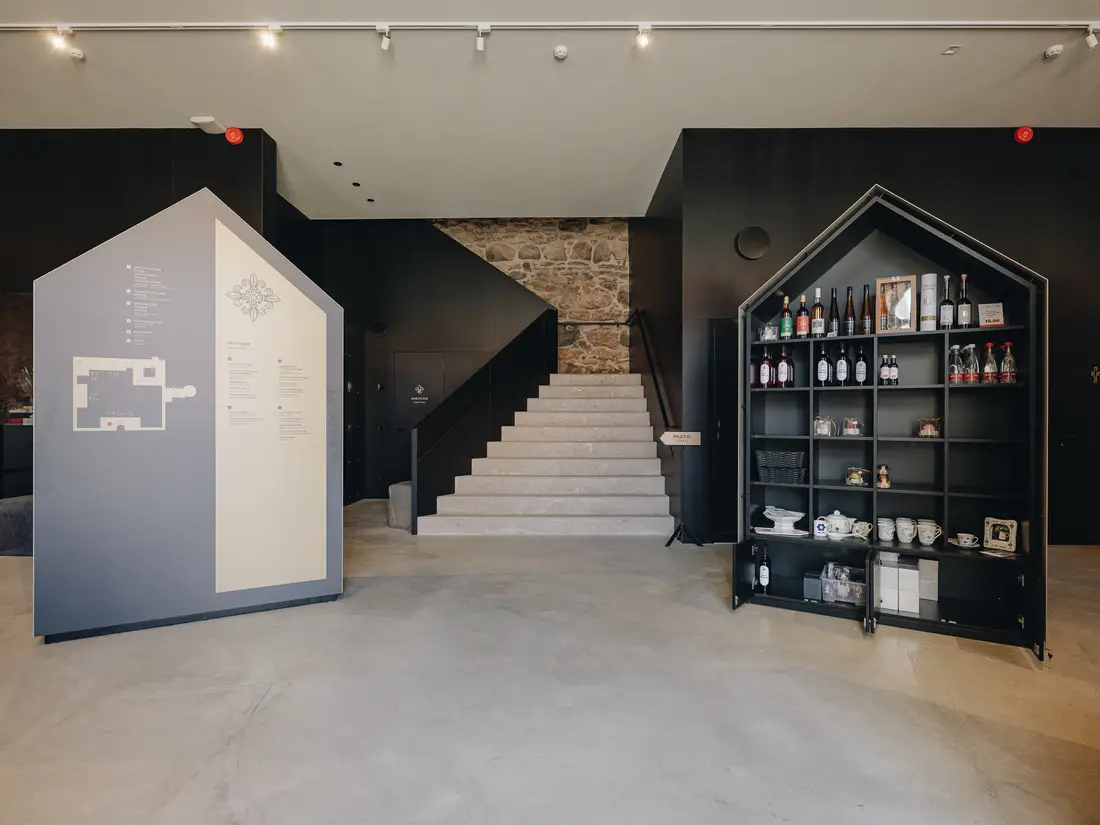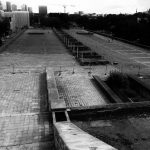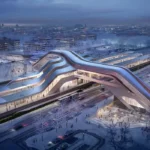Põltsamaa Castle photos, Estonia historical building addition, Estonian architecture pictures
Põltsamaa Castle in Estonia
17 Jan 2024
Architects: studio ARGUS
Location: Põltsamaa, Jõgeva Maakond, Estonia
Photos © Tõnu Tunnel
Põltsamaa Castle, Estonia
The Põltsamaa Castle complex encompasses various key components, each with its unique history and purpose. Together, these structures form one of Estonia’s most significant architectural ensembles.
At the heart of this complex is the convent building, which dates to the castle’s original construction in 1272. Over time, it underwent several transformations, including when it served as the residence of the King of Livonia, Magnus, from 1570 to 1578. This led to the conversion of the old convent building into living and representative rooms. Despite facing repeated plundering, the fortress endured and was eventually rebuilt into a magnificent Rococo-style palace in the 18th century, thanks to the vision of Woldemar Johann von Lauw. Tragically, in 1941, fire consumed both the castle and the church, leaving the castle mostly in ruins.
Efforts to restore the castle complex involved meticulous preservation and restoration work on the convent building. The walls of this historic structure were preserved and roofed, and the tower dome was carefully restored. A distinctive feature is the uniquely designed concrete staircase, which provides an open and airy experience while offering spectacular views through the historical seven-story tower.
At the tower’s zenith, a new steel dome with a viewing platform was erected, reminiscent of the historical dome. The architectural additions in this area distinguish themselves from the old with their grey steel tone, creating a harmonious contrast against the backdrop of grey limestone and red brick. The natural wood tones of the roof structures add warmth to the buildings, and the new parts, designed with utmost simplicity, blend seamlessly with the dignified old architecture.
Another integral part of the castle complex is the gatehouse, which stood in ruins for an extended period. This structure has been transformed into a modern visitor centre and museum, providing a new phase in its rich history. The museum boasts an impressive 800 square metres of space and includes an information centre with a ticket office, a souvenir shop, restrooms, a cloakroom, and an office.
Five distinct exhibition rooms tell the captivating story of the castle complex and serve as versatile venues for various events. Notably, a spacious hall with elevated lounge chairs and a small kitchen cater to movie screenings, seminars, and other gatherings. The upper floor’s open floor plan allows for views and access to the gallery, which can be linked to a future passageway along the castle’s ring wall. The design of the gatehouse carefully incorporates materials like wood, steel, and concrete, highlighting the historical walls and emphasising the importance of the exhibition.
The courtyard and open-air stage within the castle complex have also undergone redesigns, enhancing the overall visitor experience. The exterior stage features profiled zinc sheeting and greyish wood, while circular green islands in the courtyard contrast the otherwise structured and strict castle complex layout.
Historically, these buildings were interconnected through defensive passages, and plans for renovating the castle complex include opening the circular walls to visitors, providing a deeper connection to the complex’s rich history.
The brief for the Põltsamaa Castle restoration project was to breathe new life into this historical landmark, preserving its rich heritage while adapting it to contemporary needs. The challenge was to transform the castle into a functional and modern museum while respecting its historical significance.
What sets the Põltsamaa Castle project apart is its holistic approach to heritage preservation. Beyond restoring the physical structure, we aimed to create a living monument—a space that engages with the community, hosts cultural events and adapts to contemporary needs while preserving the castle’s historical layers. The integration of sustainable features and the emphasis on community engagement make it a unique endeavour.
The key challenges revolved around the delicate balance between preserving the castle’s historical authenticity and integrating modern functionalities. Working within the constraints of historical regulations, ensuring structural stability, addressing evolving client needs, and managing financial limitations were paramount.
To address these challenges, we implemented a meticulous restoration process that involved in-depth historical research and collaboration with heritage experts. Adaptive reuse strategies were employed to integrate contemporary elements seamlessly. This included innovative approaches to space utilization, ensuring that the castle could serve both cultural and practical purposes.
Põltsamaa Castle is considered a cultural monument under heritage protection therefore the restoration process was deeply informed by consultations with the heritage board and historians. Their insights guided design decisions and extensive research into old photos and historical information served as a wellspring of inspiration. An exemplary outcome of this collaboration is the modernized version of the tower’s dome, crafted to echo its historical shape.
The castle’s historical significance was pivotal in every design decision. The restoration was driven by a commitment to honour the original architecture, ensuring that each choice paid homage to the castle’s rich history. The essence of the castle’s past became a guiding principle in preserving its authenticity.
The restoration involved a combination of traditional craftsmanship and modern building methods. Skilled artisans employed age-old techniques to preserve and repair intricate historical details, while modern construction methods were used to enhance structural integrity and meet contemporary standards.
Historical inspiration was seamlessly woven into the design, with the dome of the tower serving as a notable example. Drawing from old photos and information, the dome was reimagined in a modernized form, a testament to the meticulous effort to preserve and celebrate the castle’s architectural heritage.
Sustainability was a core consideration in the restoration. Energy-efficient systems were integrated, and materials were chosen with a focus on both durability and environmental impact. The adaptive reuse of existing structures and a commitment to reducing the project’s ecological footprint make the Põltsamaa Castle a model for sustainable heritage restoration.
The clients for the Põltsamaa Castle restoration project were deeply committed to preserving Estonia’s cultural heritage in the small quiet town of Põltsamaa. Their passion for history and dedication to community well-being made the collaboration particularly rewarding. Their open-minded approach allowed for creative solutions that respected both tradition and innovation.
Põltsamaa Castle, Estonia – Building Information
Design: studio ARGUS – https://studioargus.com/
Project size: 8,100 sqm
Site size: 20,969 sqm
Project Budget: EUR 4,600,000.00
Completion date: 2023
Building levels: 8
Photography © Tõnu Tunnel
Põltsamaa Castle, Estonia images / information received 170124 from studio ARGUS architects
Location: Põltsamaa, Estonia, eastern Europe
Estonia Architecture
Contemporary Estonian Architectural Projects, chronological:
Maidla Nature Villa, Maidla village, Rapla county
Design: b210 architects
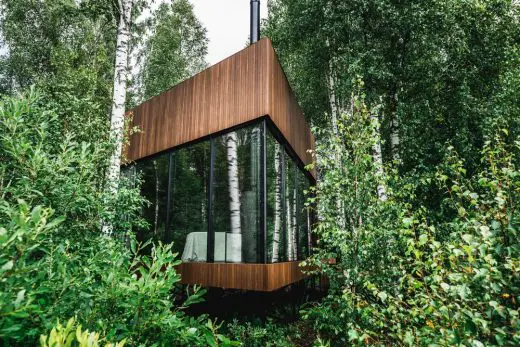
photo © Priidu Saart
Maidla Nature Villa
Soomaa Forests Floating Sauna
Design: students with Sami Rintala, Pavle Stamenovic & b210
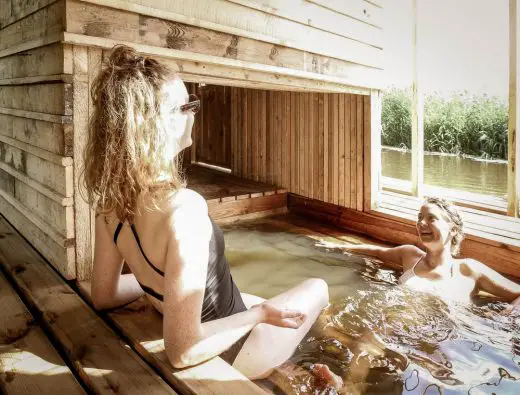
photo : Mari Hunt
Floating Sauna in Soomaa Forests
Ülemiste Terminal, Tallinn
Design: Zaha Hadid Architects (ZHA)
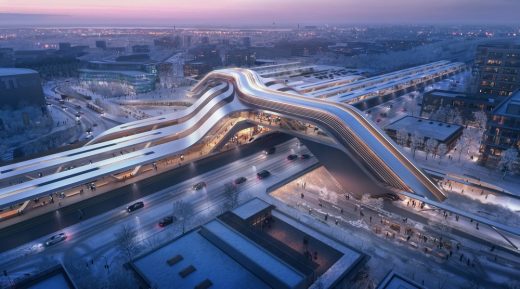
image : negative.com
Ülemiste Terminal in Tallinn
New Estonian Architecture Exhibition
Comments / photos for the Põltsamaa Castle, Estonia design by studio ARGUS architecture office page welcome.

